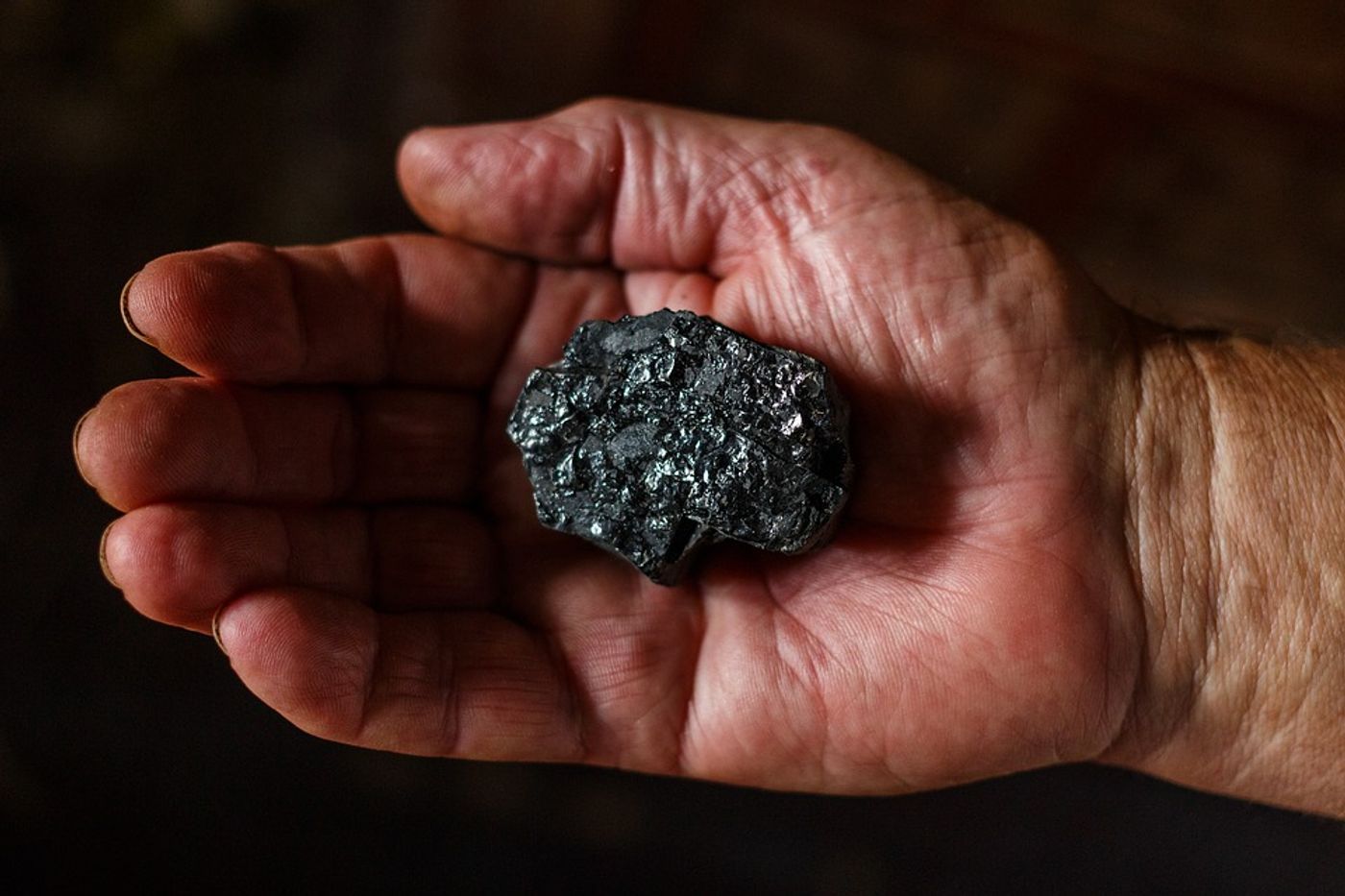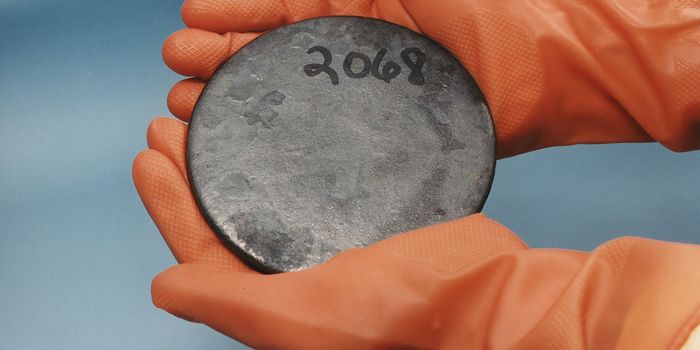The controversy of turning carbon dioxide back into coal
New research from RMIT University in Melbourne, Australia and published in the journal Nature Communications has turned an interesting idea into reality: turning carbon dioxide back into solid coal. Now the question is, is this process economically, environmentally, and ethically viable?
The researchers were led by Dr. Dorna Esrafilzadeh, a Vice-Chancellor's Research Fellow in RMIT's School of Engineering. Dr. Torben Daeneke, an Australian Research Council DECRA Fellow, was one of Esrafilzadeh’s collaborators.
Daeneke commented, "While we can't literally turn back time, turning carbon dioxide back into coal and burying it back in the ground is a bit like rewinding the emissions clock. To date, CO2 has only been converted into a solid at extremely high temperatures, making it industrially unviable. By using liquid metals as a catalyst, we've shown it's possible to turn the gas back into carbon at room temperature, in a process that's efficient and scalable. While more research needs to be done, it's a crucial first step to delivering solid storage of carbon."
The technique developed by the team utilizes liquid metals to convert carbon dioxide into solid coal. Previous methods of carbon capture have traditionally converted carbon dioxide into liquid forms, which are then disposed of underground. Such disposal has caused concern in the scientific field for the potential consequences that leaking storage sites could cause. This new strategy could eliminate that worry.
The process that the researchers designed makes use of a liquid metal catalyst that has particular surface properties that made it exceptionally efficient at conducting electricity while chemically activating the surface. Science Daily explains the process: “carbon dioxide is first dissolved in a beaker filled with an electrolyte liquid and a small amount of the liquid metal, which is then charged with an electrical current. The CO2 slowly converts into solid flakes of carbon, which are naturally detached from the liquid metal surface, allowing the continuous production of carbonaceous solid.”
The production of this solid has potential not only to permanently remove greenhouse gases from our atmosphere in the form of carbon dioxide, but also to act as an electrode. Esrafilzadeh elaborates, "A side benefit of the process is that the carbon can hold electrical charge, becoming a supercapacitor, so it could potentially be used as a component in future vehicles. The process also produces synthetic fuel as a by-product, which could also have industrial applications."
Sources: Science Daily, Nature Communications









